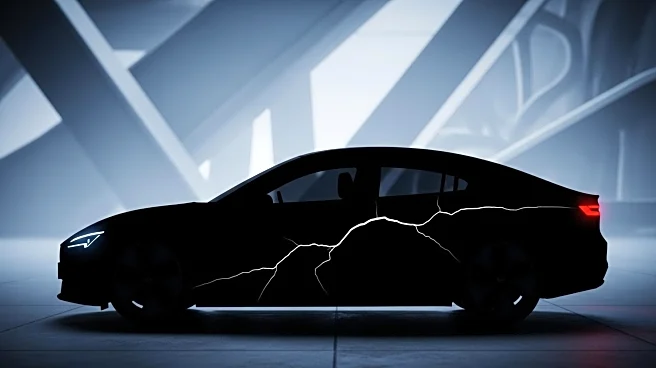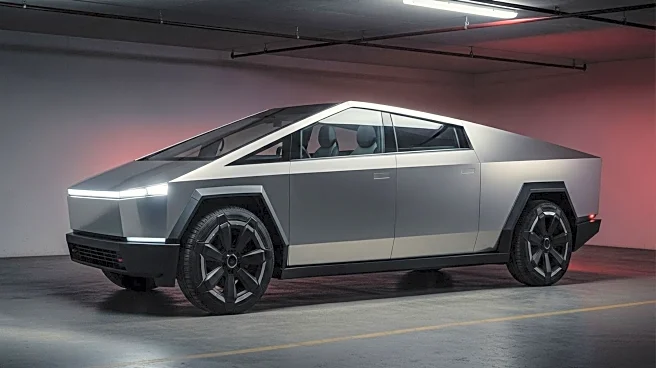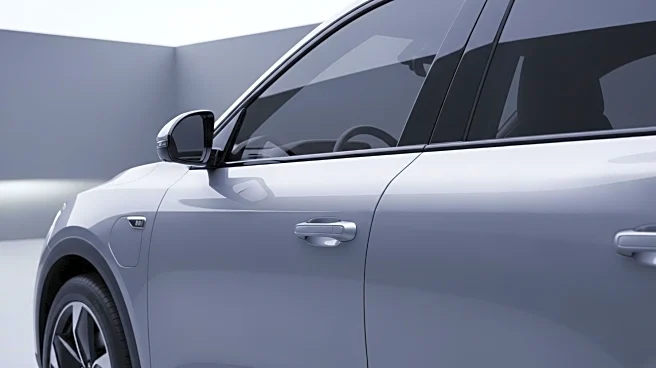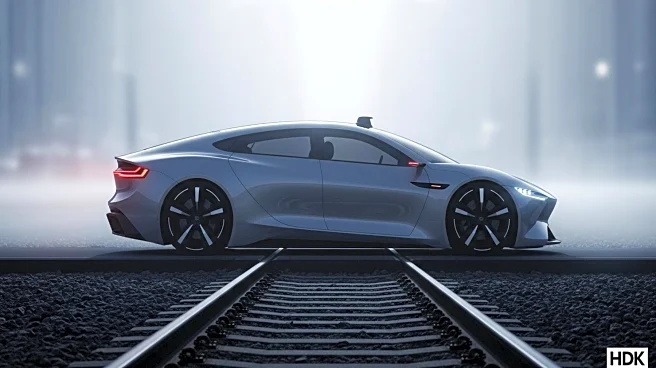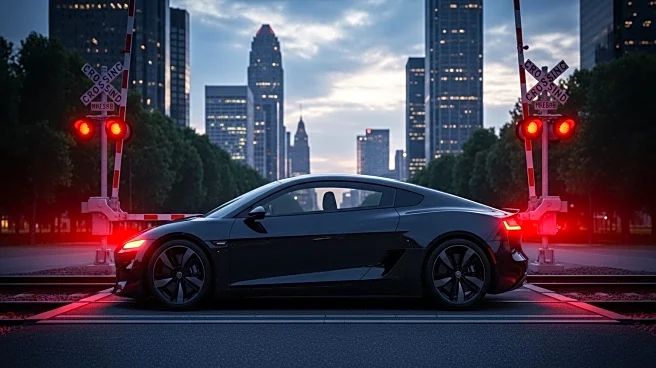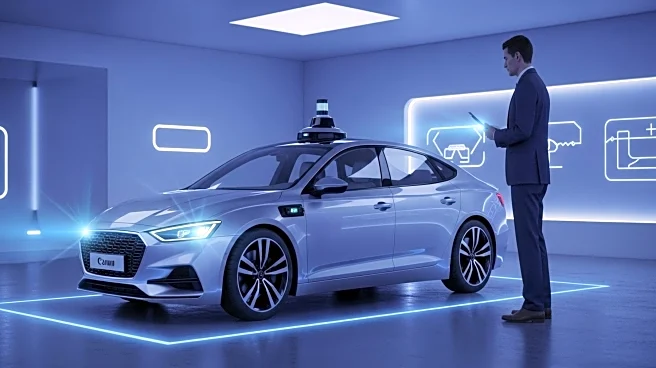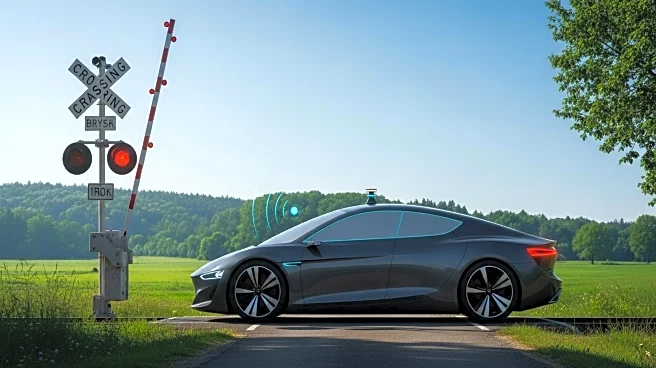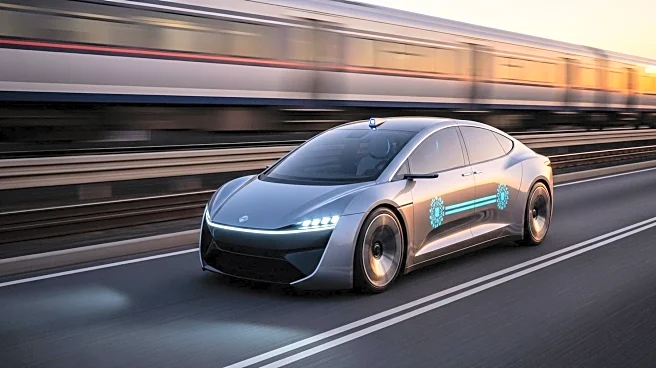What's Happening?
The families of two college students, Jack Nelson and Krysta Tsukahara, have filed lawsuits against Tesla, alleging that the design of the Cybertruck's door handles contributed to their deaths in a crash. The incident occurred on November 27, 2024, in Piedmont, California, when the Cybertruck collided with a tree and caught fire. The electric-powered doors malfunctioned, trapping the passengers inside. The lawsuits claim that the hidden manual releases made it difficult for the victims to escape. This comes amid scrutiny of Tesla's door handle designs, with the National Highway Traffic Safety Administration (NHTSA) investigating similar issues in other Tesla models.
Why It's Important?
The lawsuits highlight ongoing concerns about the safety of Tesla's electric door handle designs, which have been criticized for potentially trapping occupants in emergency situations. The NHTSA's investigation into these designs could lead to regulatory changes affecting Tesla and other automakers using similar technology. The outcome of these lawsuits may influence public perception and consumer trust in Tesla's safety features, potentially impacting the company's market position and prompting design revisions.
What's Next?
The NHTSA's investigation into Tesla's door handle designs is ongoing, and the agency may issue findings or recommendations that could affect Tesla's operations and vehicle designs. Tesla may face increased pressure to redesign its door mechanisms to ensure safety and compliance with potential new regulations. The lawsuits could result in financial penalties or settlements, influencing Tesla's approach to vehicle safety and design.
Beyond the Headlines
The legal challenges against Tesla underscore broader issues in the automotive industry regarding the balance between innovative design and safety. As electric vehicles become more prevalent, manufacturers may need to prioritize intuitive safety features to prevent similar incidents. The scrutiny of Tesla's designs may lead to industry-wide changes in how electric door mechanisms are implemented, potentially setting new standards for safety and accessibility.

